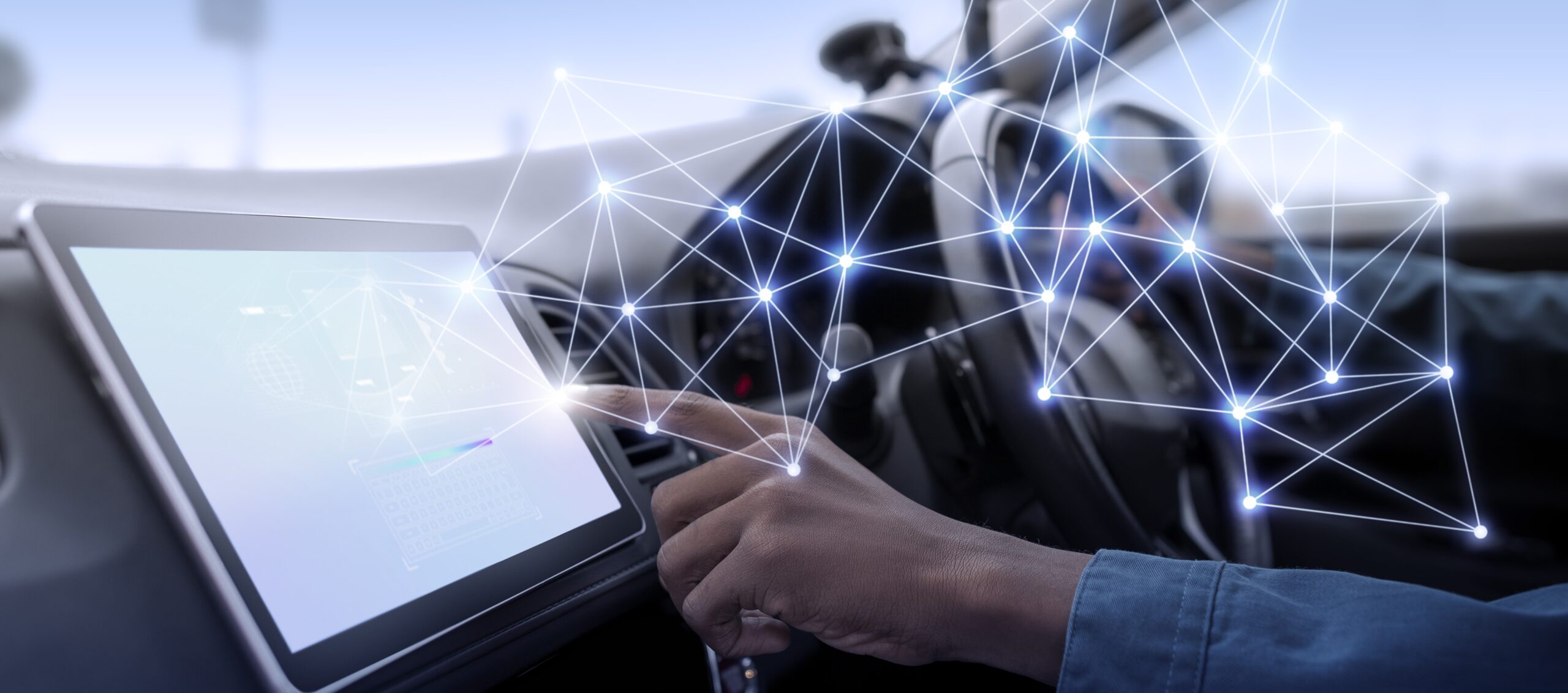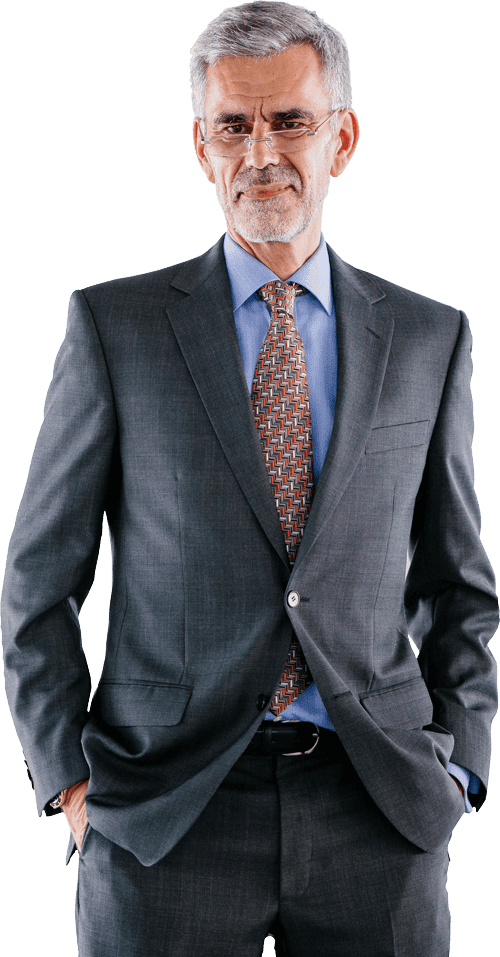A Miami federal jury recently found that Tesla bore partial responsibility for a deadly 2019 crash involving its Autopilot driver-assist system and ordered the company to pay more than $240 million in damages to the victims and their family. The verdict – one of the largest against Tesla tied to its advanced driver assistance software – raises immediate questions about corporate accountability, the safety of semi-autonomous driving systems, and how victims can pursue justice when complex technology is involved.
At Kherkher Garcia, our Houston self-driving accident attorneys are prepared to help victims of accidents involving new automotive technology. If you have been injured, or have lost a loved one, in an autopilot or driverless vehicle, we want to help. Read below to learn more about these accidents and how victims can protect their rights.
Tesla Lawsuit Results in Massive Verdict
According to media reports, the crash occurred in 2019 when a Tesla Model S operating with Enhanced Autopilot struck pedestrians, killing a 22-year-old woman and seriously injuring another person. Plaintiffs’ lawyers argued the vehicle’s Autopilot features were overpromised and unsafe for handling certain road scenarios. In particular, intersections and cross-traffic situations. Tesla’s defense emphasized driver error and speeding. The jury ultimately apportioned liability to Tesla and returned a verdict that included both compensatory and substantial punitive damages.
Tesla has said it intends to appeal the verdict. The ruling comes as federal regulators and safety agencies continue to scrutinize Tesla’s Autopilot and similar advanced driver assistance systems.
Why This Verdict Matters
There are several reasons why verdicts like this one matter – not only for the victims of the particular accident – but for society at large. A few of the most notable reasons this Tesla verdict matters:
Legal Precedent For Design and Marketing Claims
The jury’s decision rested in part on the idea that Tesla’s promotion and continued rollout of Autopilot/FSD features could create unreasonable expectations about the system’s abilities. When manufacturers market driver-assist tech in ways that suggest near-autonomy but the systems have real limitations, that gap can form the basis of product liability, negligence, and punitive damages claims.
Proof Issues and Corporate Conduct
Plaintiffs in the case alleged problems with Tesla’s handling of evidence and warnings about the system’s limits. Large verdicts often reflect not only the harm suffered but also jurors’ views of a company’s conduct before and after an accident – which can amplify damages.
Regulatory Backdrop Intensifies Litigation Risk
The National Highway Traffic Safety Administration (NHTSA) and other federal investigators have previously identified hundreds of crashes involving Tesla’s Autopilot with a subset resulting in deaths, and have criticized gaps in driver engagement safeguards. That regulatory record strengthens plaintiffs’ arguments that manufacturers understood or should have understood foreseeable misuses or system limitations.
The Technology: Driver Assist vs. Autonomous Driving
It helps to separate marketing language from technical reality. “Autopilot,” “Enhanced Autopilot,” and “Full Self-Driving (FSD)” are brand names for Tesla’s suite of driver assistance features. This is a set of automated controls that can steer, brake, and change lanes under certain conditions but still require a human driver to supervise and intervene. These systems are typically categorized as Level 2 automation (the human driver must remain engaged), not full autonomy. When drivers misunderstand system limits – or when the system’s limitations are not adequately guarded against – accidents can and do occur.
Common failure modes in real-world crashes include:
- Failing to detect stationary objects
- Misjudging complex intersections or cross-traffic
- Phantom braking or sudden disengagements
- Overreliance by drivers who assume the vehicle will always avoid hazards
Those failure modes are central to both regulatory investigations and civil lawsuits.
Typical Injuries and Damages in Autopilot-Related Crashes
Autopilot-involved crashes have produced the full spectrum of motor vehicle injuries:
- traumatic brain injuries
- spinal cord injuries
- compound fractures
- internal organ damage
- disfigurement
- death
Beyond medical costs and lost wages, victims may suffer long-term disability, diminished earning capacity, and profound emotional and family losses. These are categories that juries use to calculate compensatory awards. Where juries find egregious conduct or reckless marketing, punitive damages can dramatically increase total awards.
Practical Lessons for Victims And Families
If you or a loved one is harmed in a crash involving driver-assist or AI driving features, take these immediate steps:
- Preserve evidence. Take photos, obtain the police report, and make sure any in-car video or telematics data is preserved. Manufacturers control much of the vehicle data; early preservation letters and legal steps can be crucial.
- Seek medical attention and document everything. Even injuries that seem minor can have delayed or progressive consequences; detailed medical records are essential.
- Do not give recorded statements to the manufacturer’s insurer without counsel. Insurance adjusters – and sometimes manufacturers – will look to minimize payouts. Carefully handled communications protect your legal position.
- Talk to an experienced product liability or personal injury attorney. These cases involve technical forensics (vehicle data downloads, software behavior, sensor performance) and complex causation arguments. Expert analysis is often needed to reconstruct the sequence of events and to assess design, software, and warning claims.
Looking Ahead – The Broader Ripple Effects
The recent verdict against Tesla is likely to encourage more cases against automakers, suppliers, and software developers when advanced driver assistance systems are involved in serious injury or death. It may prompt manufacturers to tighten design safeguards, improve driver engagement monitoring, change marketing language, or accelerate hardware/software fixes.
Regulators may also leverage high-profile verdicts to press for stricter standards or clearer consumer warnings. For victims, that means stronger legal leverage, but it also means litigation will increasingly require technical proof and expert testimony.
How Kherkher Garcia Helps Victims of AI and Driver-Assist Crashes
At Kherkher Garcia, we understand that modern vehicle cases blend traditional personal-injury law with cutting-edge technical issues. Our approach includes:
- Early evidence preservation. We move quickly to secure in-vehicle data, dashcam footage, maintenance records, and any OTA (over-the-air update) logs that might show software behavior before and after a crash.
- Technical expert engagement. We work with accident reconstructionists, software engineers, and automotive systems experts who can analyze sensor logs, braking profiles, and decision logic to establish causation.
- Thorough damages evaluation. We build life-care plans and economic models that account for medical needs, rehabilitation, lost earning capacity, and non-economic losses like pain and suffering.
- Relentless advocacy against large opponents. Taking on deep-pocket manufacturers requires both legal skill and strategic resource allocation. We have experience litigating complex product liability and wrongful-death claims and are prepared to hold companies accountable when their products cause harm.
Frequently Asked Questions About Tesla Autopilot and Similar Crash Claims
Q: Does Autopilot mean my Tesla can drive itself?
A: No. Tesla’s Autopilot, Enhanced Autopilot, and Full Self-Driving (FSD) features are considered Level 2 driver-assist systems. That means they can steer, accelerate, and brake under certain conditions, but they still require the driver’s full attention and readiness to take control at any time. There are other models and services that are considered “driverless”, however.
Q: If I’m in a crash while Autopilot is engaged, is Tesla automatically liable?
A: Not automatically. Liability depends on the facts of the crash, including whether the system malfunctioned, whether it was marketed or represented in a misleading way, and whether the driver was using it as intended. A thorough investigation and expert analysis are needed to determine if Tesla or another party bears responsibility.
Q: What types of evidence are important in an Autopilot-related accident case?
A: Crucial evidence can include vehicle data logs, dashcam or surveillance footage, the police report, witness statements, and any over-the-air (OTA) software update records. It’s important to preserve this evidence as quickly as possible — some data may be overwritten within days.
Q: What injuries are common in driver-assist or AI vehicle crashes?
A: Victims may suffer traumatic brain injuries, spinal cord injuries, fractures, internal organ damage, burns, and in the most severe cases, death. These injuries often result in significant medical costs, long-term care needs, and loss of income.
Q: Can I sue a large corporation like Tesla?
A: Yes. Large corporations can and do face product liability and wrongful death lawsuits when their products cause harm. With the right legal representation, you can hold them accountable — even if they have vast resources and experienced defense teams.
Q: How long do I have to file a lawsuit?
A: Statutes of limitations vary by state, but in Texas (where Kherkher Garcia is based), most personal injury claims must be filed within two years of the crash. Other states may have shorter or longer deadlines. Acting quickly ensures your attorney can preserve evidence and meet all filing requirements.
Q: How can Kherkher Garcia help me?
A: Our firm has experience handling high-profile, complex product liability and auto accident cases. We partner with technical experts, secure critical evidence, and build strong legal strategies to fight for full and fair compensation. We don’t back down from corporate defendants — no matter how big they are.
If You Have Been Harmed, Don’t Wait
Time matters in these investigations. Evidence can be overwritten, and the legal window to bring claims is limited by statutes of limitation. If you or someone you love was injured in a crash involving Autopilot, FSD, or any other automated driving feature, contact Kherkher Garcia for a free consultation.
Our team will explain your rights, preserve crucial evidence, and help you understand the realistic options for pursuing compensation. We are not afraid to take on large corporations to protect your rights and pursue the justice you deserve.
Call Kherkher Garcia to start your free consultation at 713-333-1030. To request more information or a consultation, complete our online contact form. You don’t have to face this alone.
Image by rawpixel.com on Freepik


